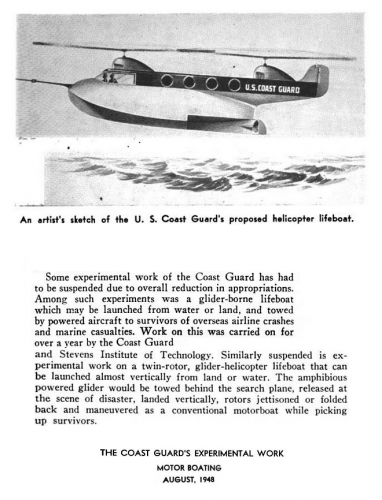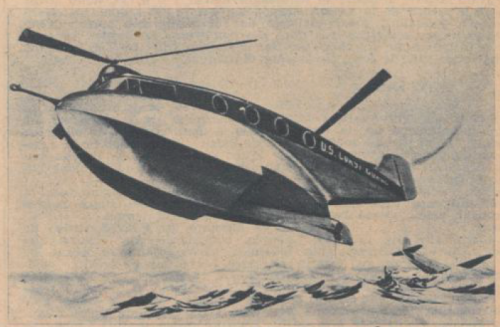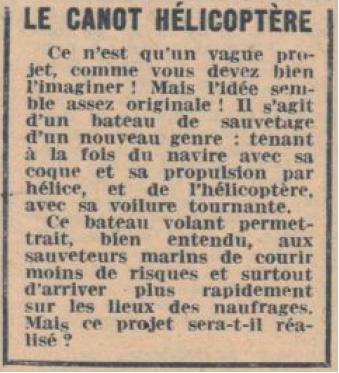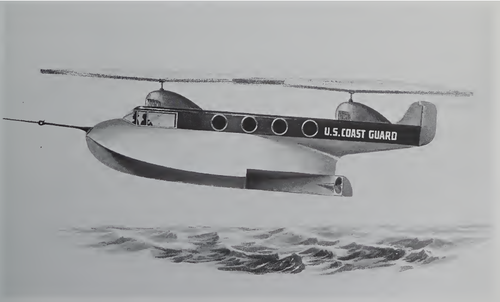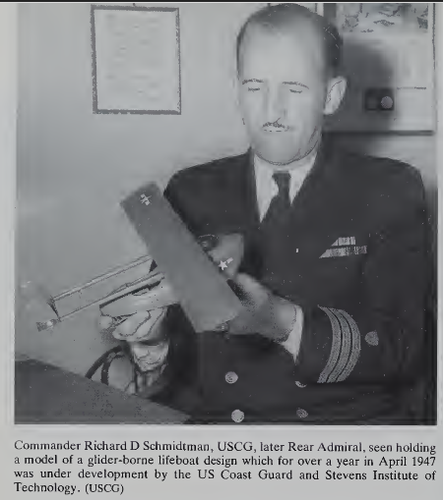- Joined
- 25 June 2009
- Messages
- 14,105
- Reaction score
- 4,202
In the post-war years, the U.S. Coast Guard wished to explore new concepts for sea rescue. Two studies emerged:
According to the article, the experimental work on these projects (the first of which was done jointly with the Stevens Institute of Technology) had to be suspended "due to overall reduction in appropriations."
- A glider-borne lifeboat which may be launched from water or land, and towed by powered aircraft to survivors of overseas airline crashed and marine casualties;
- A twin-rotor glider-helicopter lifeboat that could be launched almost vertically from land or water, being towed behind the search plane, released at the scene of disaster, landed vertically, rotors jettisoned or folded back and maneuvered as a conventional motorboat while picking up survivors.
According to the article, the experimental work on these projects (the first of which was done jointly with the Stevens Institute of Technology) had to be suspended "due to overall reduction in appropriations."

